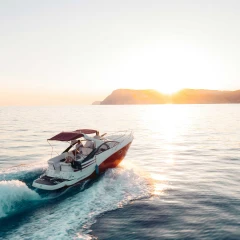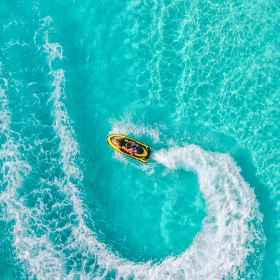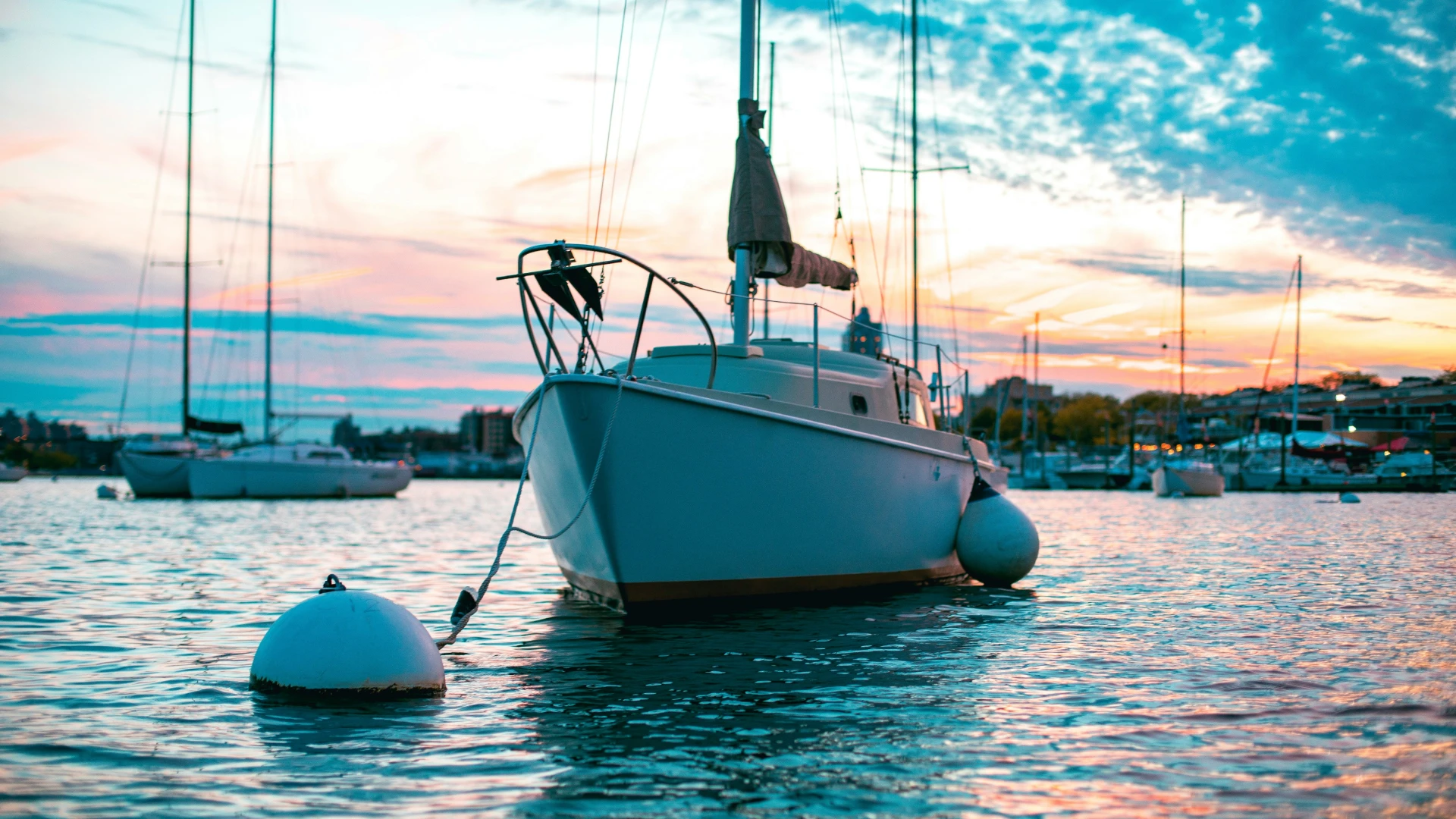













Alaska does not legally require boat insurance for private use. However, if you’re financing your boat or storing it at a marina, insurance may be mandatory. Given Alaska’s vast and often remote waterways, unpredictable weather, and cold-water risks, boat insurance is strongly recommended for any vessel—especially for offshore or extended trips.
There are no state-mandated minimums for boat insurance in Alaska. That said, marinas or lenders may require:
Even if not required, having coverage can protect you from major financial loss due to accidents, collisions, or environmental hazards like ice and storms.
Alaska’s boat insurance premiums are influenced by vessel size, value, seasonal use, and saltwater exposure. Here’s a general range:
Saltwater use, winter storage risks, and emergency rescue access all contribute to higher rates in some areas.
You can reduce your premium through a few key strategies:
If your boat is financed, your lender will almost always require extended coverage. That often includes:
Some lenders may also require specialty coverage such as fuel spill liability, salvage, towing, or emergency service reimbursement.
You can easily get covered through a licensed insurer. Here’s how:
Be prepared to provide your boat’s make, model, hull ID, year, storage location, and whether you use the vessel on saltwater, freshwater, or both.
All powered boats and sailboats over 10 feet must be registered with the Alaska Division of Motor Vehicles (DMV). Registration is valid for three years. Decals must be placed visibly on both sides of the hull.
You’ll need proof of ownership (bill of sale or title), a completed application, payment, and a hull identification number (HIN) to register your vessel.
Alaska’s diverse geography can lead to varying coverage needs and pricing:
Be sure to align your policy with your location and whether you operate in protected waters, offshore routes, or seasonal lakes.
